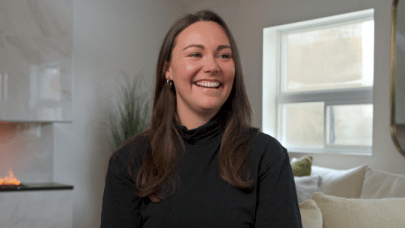Support Mental Health Care
The wait was too long. And together, we refused to let young people face it alone. We expanded services.
We doubled capacity. But still, the need keeps growing. For young people brave enough to reach out
for help, the support they receive in that moment can change—or save—their lives. Now, we want to
make sure this vital program not only continues, but thrives. You’re the difference that matters.
Help us continue to be there for young people when it matters most.
DONATE NOW
"Every second counts when it comes to mental health."
- Taylor Rayner, grateful patient


